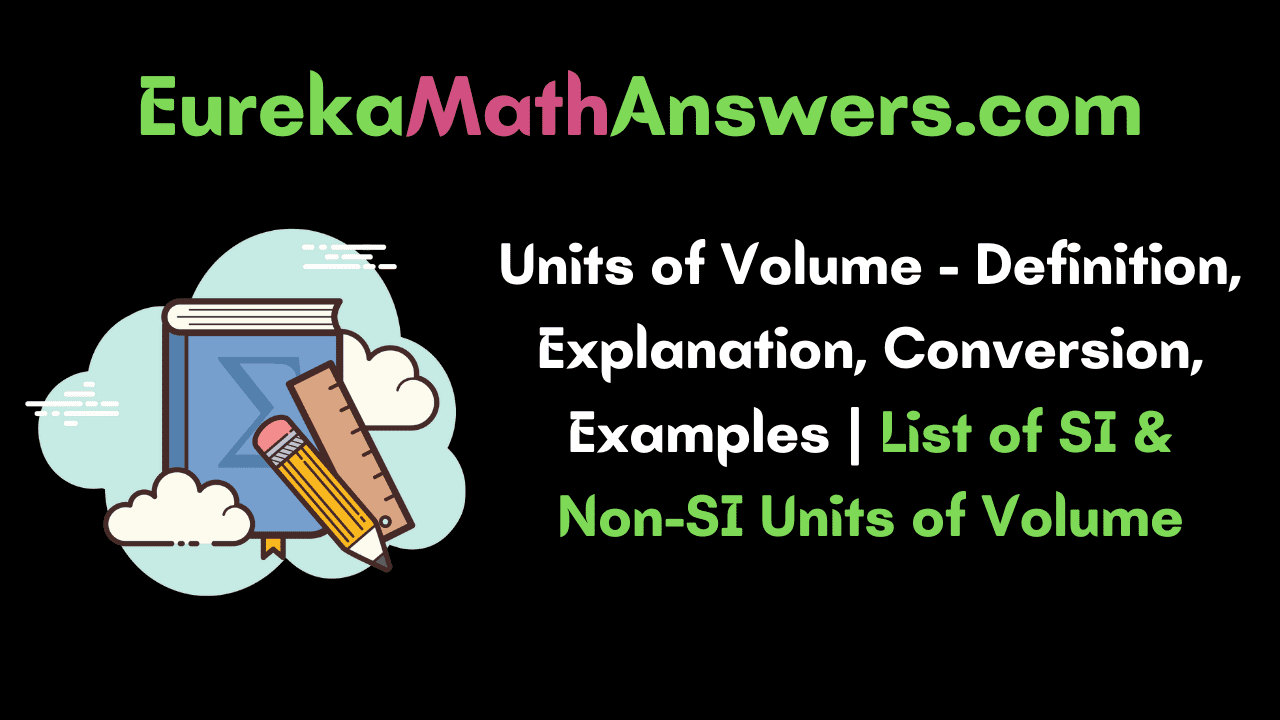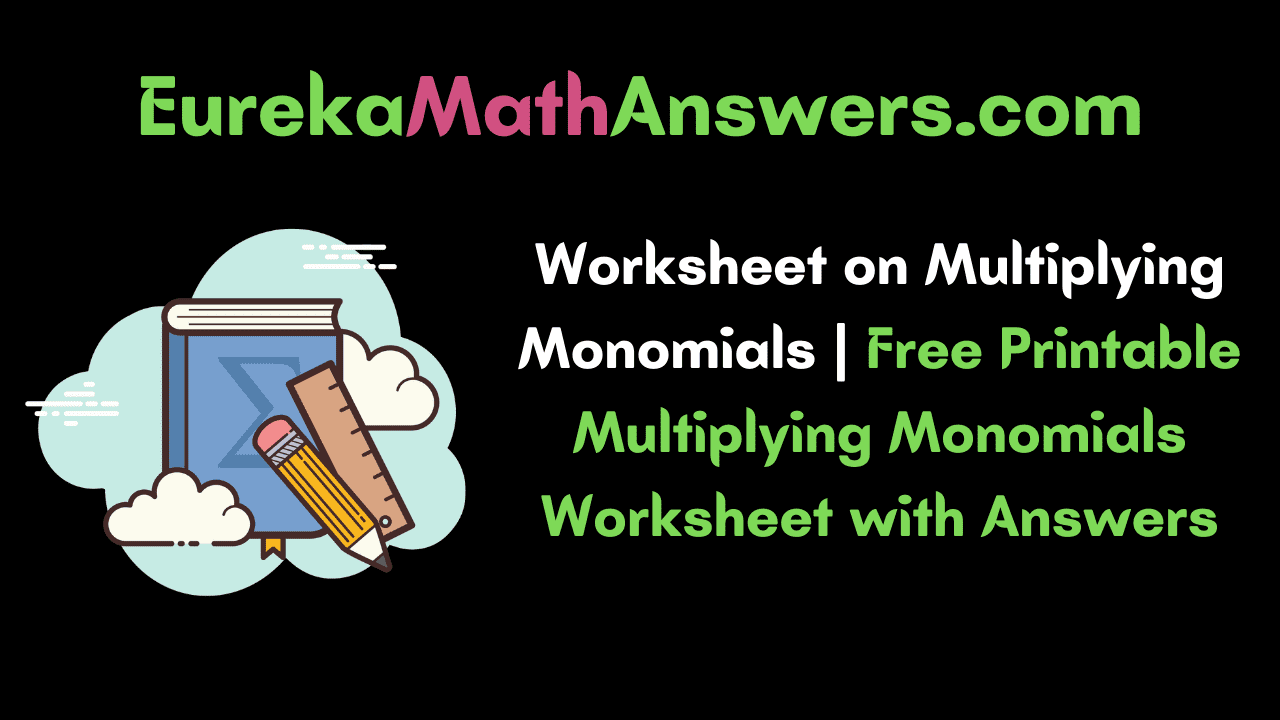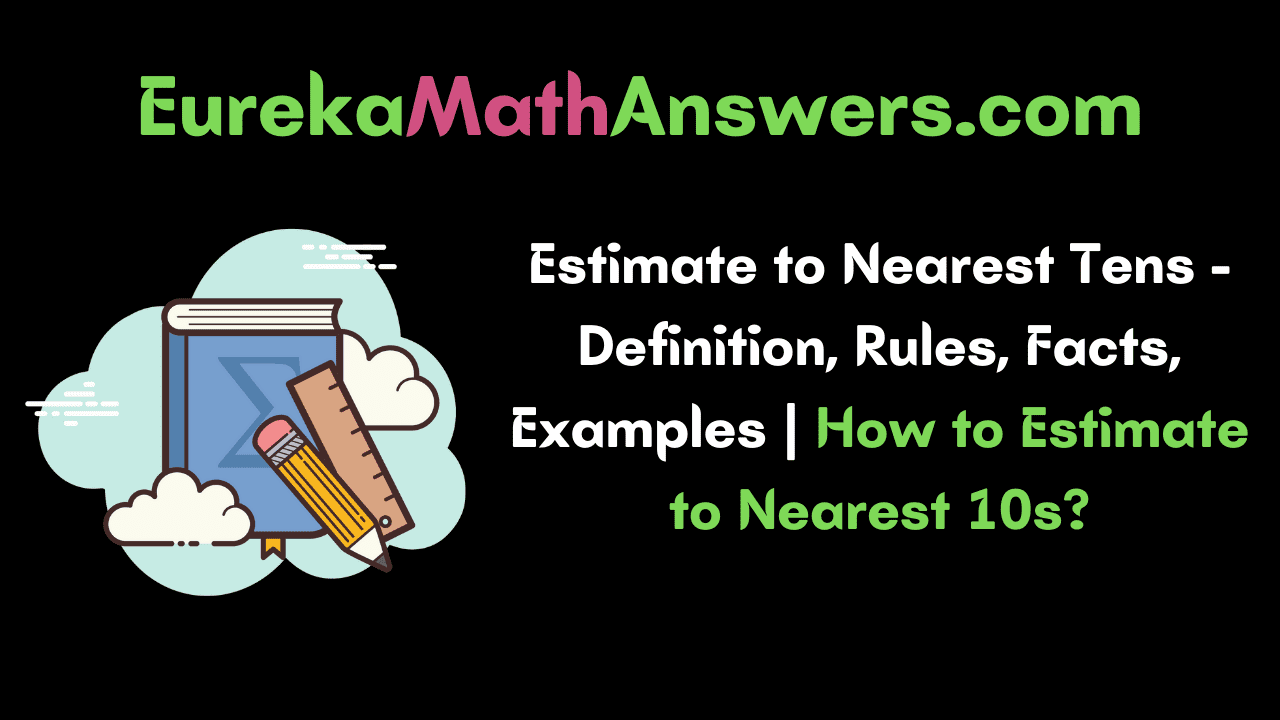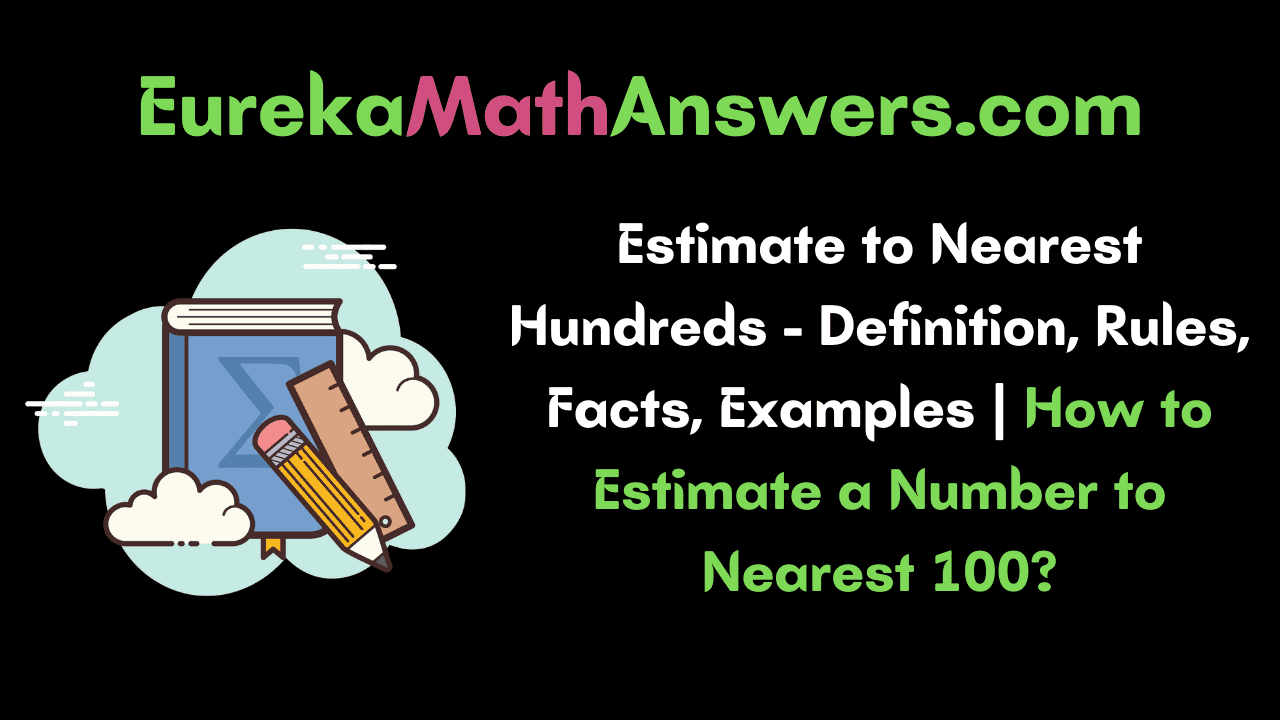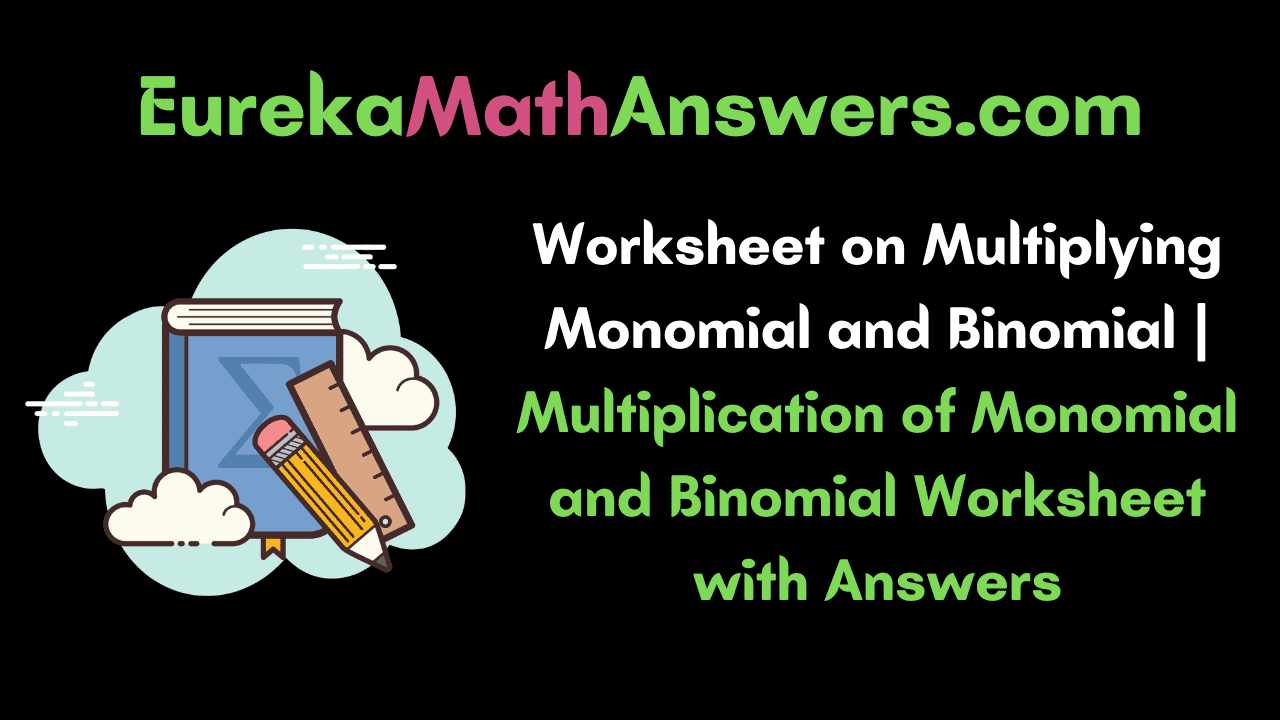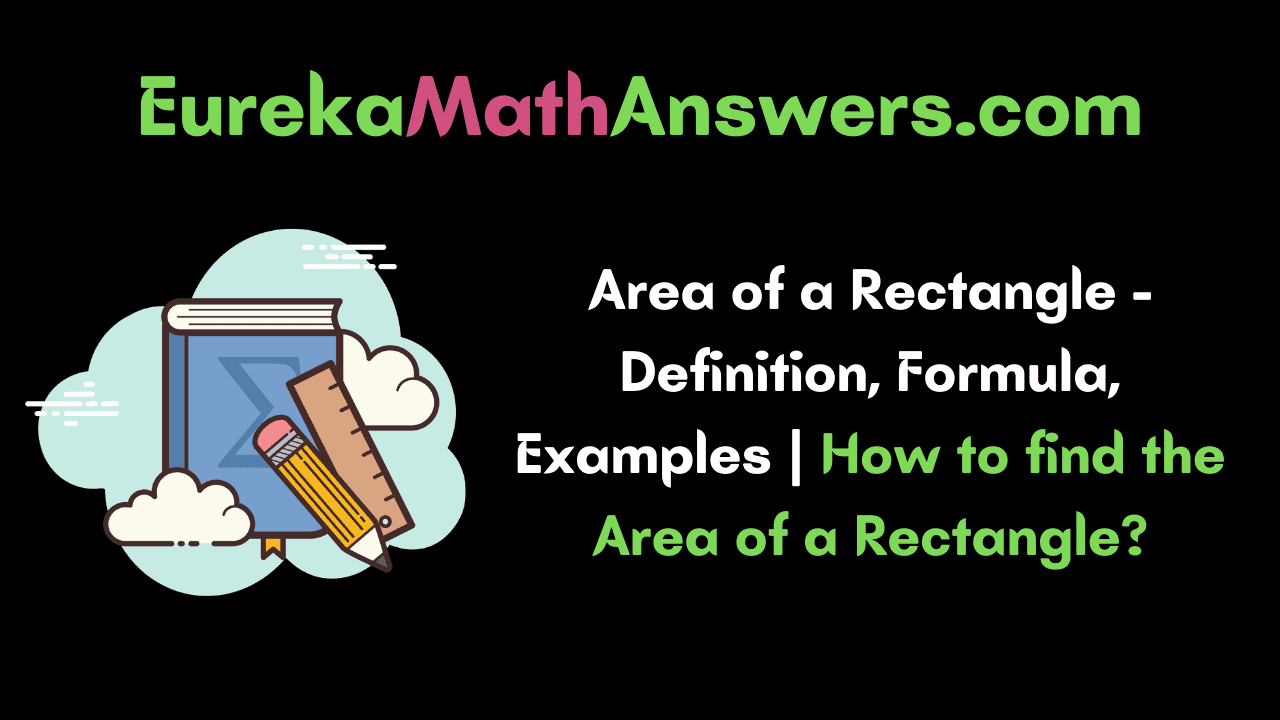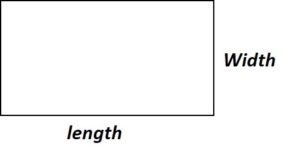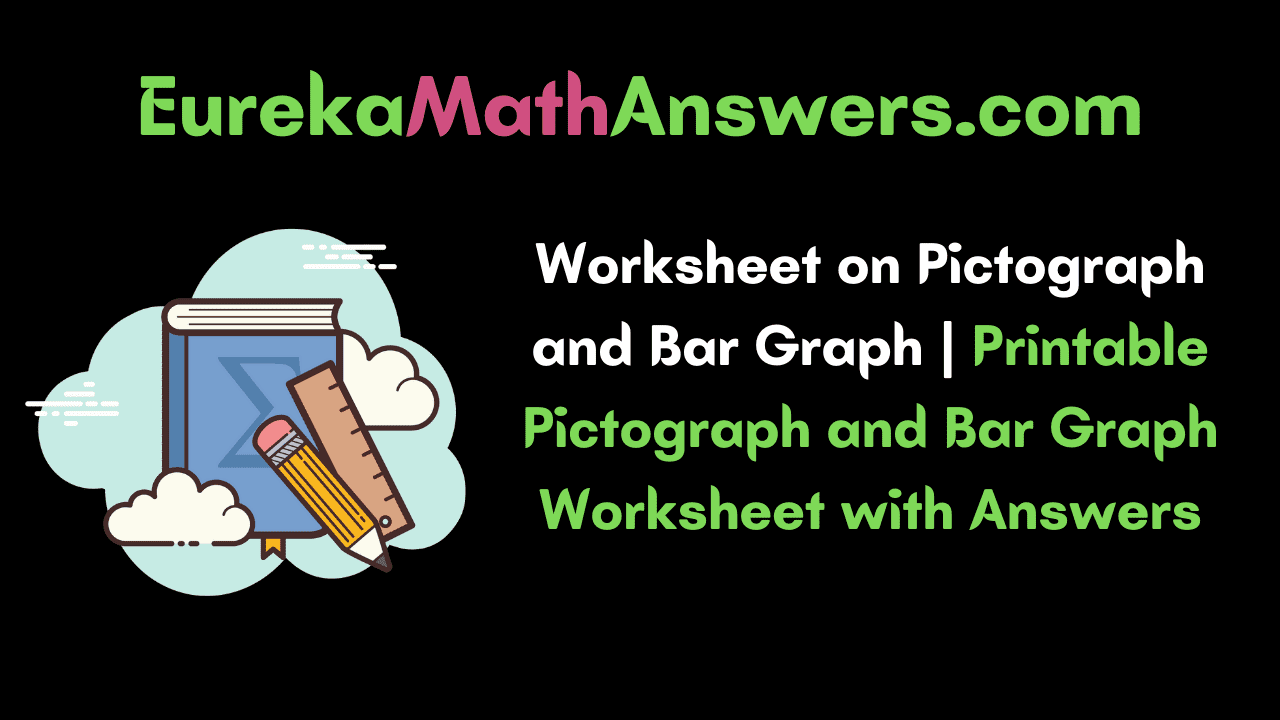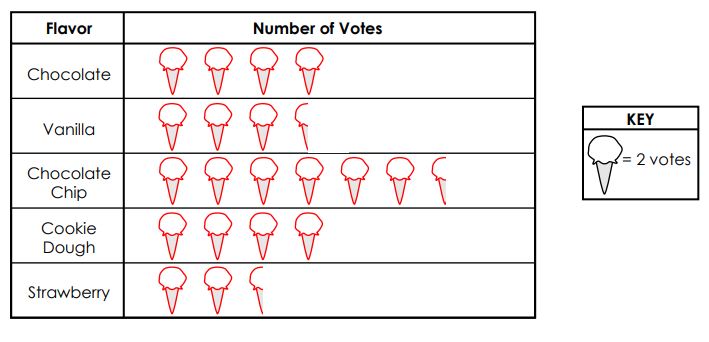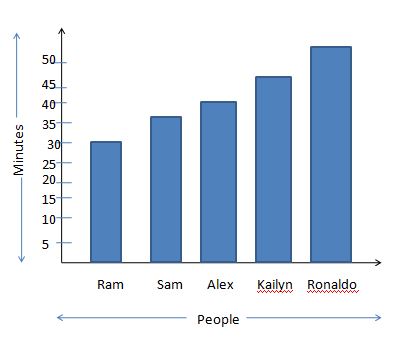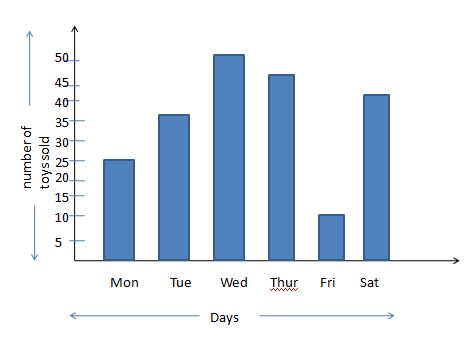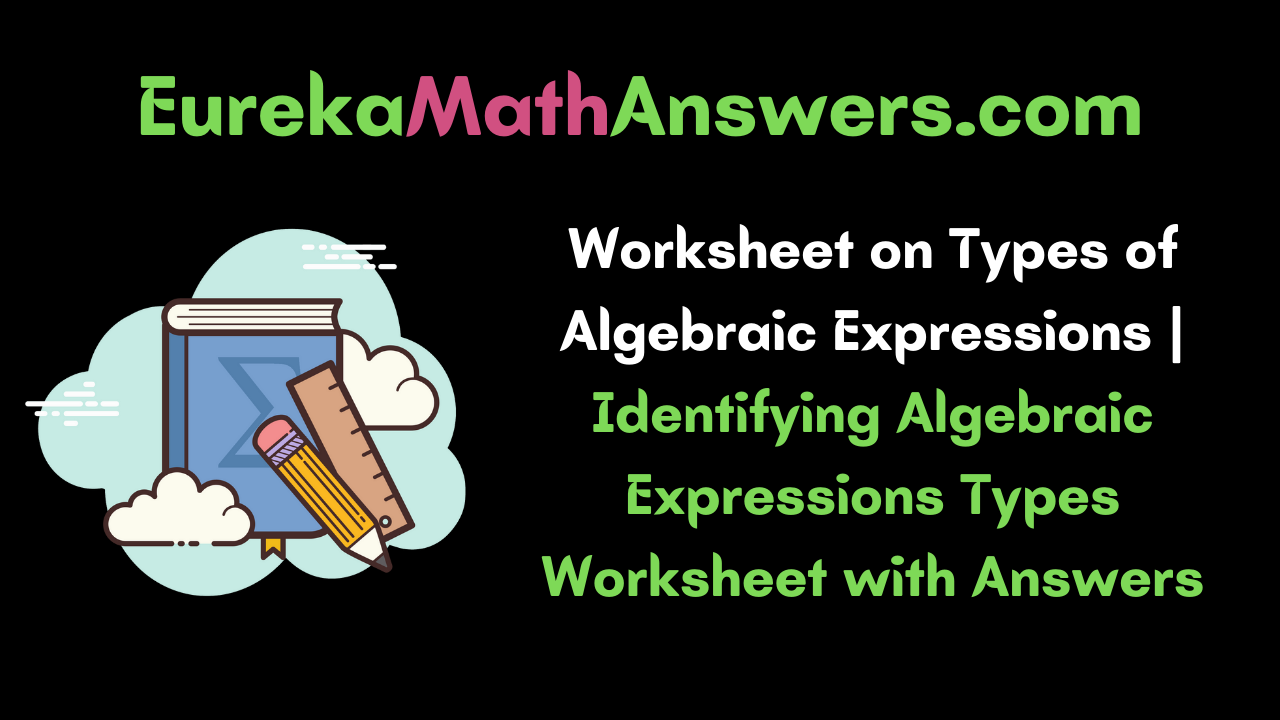Take the help of the Worksheet on Multiplying Binomials to better understand the principles of large numbers multiplication and multiplication of binomials. Practice the Problems in Multiplying Binomials Worksheet PDF meticulously and solve binomial multiplication numbers fastly in your exams. Math Students can enhance their math skills by answering the questions from the Multiplication of Binomials Worksheet. This Math Worksheet on Binomial Multiplication can be a great thing for teaching your kids about Multiplication Facts and to know exactly what they need to learn.
Also, Refer:
- Worksheet on Multiplying Monomials
- Worksheet on Multiplying Monomial and Binomial
Multiplying Binomials Worksheet with Answers
I. Multiply a binomial by a binomial
(i) (s + 7) and (3s + 5)
(ii) (6q – 5) and (q + 2)
(iii) (n – 2) and (n + 4)
(iv)(3p + 8 ) and (p – 6)
(v) (x – 3) and (2x+ 2)
(vi) (m – n) and (m + 2n)
Solution:
(i) Given binomials are (s + 7) and (3s + 5)
=s(3s) +5(s) + 7(3s) +5(7)
=3s2+5s+21s+35
=3s2+26s+35
Hence, By multiplying the binomials (s + 7) and (3s + 5) we get 3s2+26s+35.
(ii) Given binomials are (6q – 5) and (q + 2)
=6q(q) +2(6q) -5(q) -5(2)
=6q2+12q-5q-10
=6q2+7q-10
Hence, By multiplying the binomials (6q – 5) and (q + 2) we get 6q2+7q-10.
(iii) Given binomials are (n – 2) and (n + 4)
=n(n) + n(4n) -2(n) -2(4)
=n2+4n2-2n-8
=5n2-2n-8
Hence, By multiplying the binomials(n – 2) and (n + 4) we get 5n2-2n-8.
(iv) Given binomials are (3p + 8 ) and (p – 6)
=3p(p)-6(3p) + 8p -48
=3p2-18p+8p-48
=3p2-10p-48
Hence, By multiplying the binomials (3p + 8 ) and (p – 6) we get 3p2-10p-48.
(v) Given binomials are (x – 3) and (2x+ 2)
=x(2x) + x(2) -3(2x)-3(2)
=2x2+x2-6x-6
=3x2-6x-6
Hence, By multiplying the binomials (x – 3) and (2x+ 2) we get 3x2-6x-6.
(vi) Given binomials are (m – n) and (m + 2n)
=m(m)+m(2n)-n(m)-n(2n)
=m2+2mn-nm-2n2
=m2+mn-2n2
Hence, By multiplying the binomials (m – n) and (m + 2n) we get m2+mn-2n2.
II. Multiply the following binomials:
(i) (mx – ny) (mx + ny)
(ii) (a + 4) by (b + 7)
(iii) (20 – xy) by (xy + 4)
(iv) (xy + 5) by (2xy + 7)
(v) (ab + bc) by (ab – bc)
(vi) (10 – 4x) by (4 – 2y)
Solution:
(i) Given binomials are (mx – ny) (mx + ny)
=mx(mx)+ny(mx)-ny(mx)-ny(ny)
=m2x2+mnxy-mnxy-n2y2
=m2x2-n2y2
Therefore, By multiplying the binomials (mx – ny) (mx + ny) we get m2x2-n2y2.
(ii) Given binomials are (a + 4) by (b + 7)
=a(b)+a(7)+4(b)+4(7)
=ab+7a+4b+28
Therefore, By multiplying the binomials (a + 4) by (b + 7) we get ab+7a+4b+28.
(iii) Given binomials are (20 – xy) by (xy + 4)
=20(xy)+20(4)-xy(xy)-xy(4)
=20xy+80-x2y2-4xy
=16xy-x2y2+80
Therefore, By multiplying the binomials (20 – xy) by (xy + 4) we get 16xy-x2y2+80.
(iv) Given binomials are (xy + 5) by (2xy + 7)
=xy(2xy)+xy(7)+5(2xy)+5(7)
=2x2y2+7xy+10xy+35
=2x2y2+17xy+35
Therefore, By multiplying the binomials (xy + 5) by (2xy + 7) we get 2x2y2+17xy+35.
(v) Given binomials are (ab + bc) by (ab – bc)
=ab(ab)+ab(-bc)+bc(ab)+bc(-bc)
=a2b2-ab2c+ab2c-b2c2
=a2b2-b2c2
Therefore, By multiplying the binomials (ab + bc) by (ab – bc) we get a2b2-b2c2.
(vi) Given binomials are (10 – 4x) by (4 – 2y)
=10(4)+10(-2y)-4x(4)-4x(-2y)
=40-20y-16x+8xy
Therefore, By multiplying the binomials (10 – 4x) by (4 – 2y) we get 40-20y-16x+8xy.
III. Find the product of the binomials
(i) (m + 10) × (m + 5)
(ii) (x2 – 1) × (2x + 3)
(iii) (1 – a3 ) × (a2 + 2)
(iv) (m2 + 4) × (m – 3)
(v) (c2 + 3) × (c2 – 5)
(vi) (3a + 5b) × (a + 2b)
Solution:
(i) Given binomials are (m + 10) × (m + 5)
=m(m) +m(5)+10(m)+10(5)
=m2+5m+10m+50
=m2+15m+50
Hence, By multiplying the binomials (m + 10) × (m + 5) we get m2+15m+50.
(ii) Given binomials are (x2 – 1) × (2x + 3)
=x2(2x)+x2(3)-1(2x)-1(3)
=2x3+3x2-2x-3
Hence, By multiplying the binomials (x2 – 1) × (x + 3) we get 2x3+3x2-2x-3.
(iii) Given binomials are (1 – a3 ) × (a2 + 2)
=1(a2)+1(2)-a3(a2)-a3(2)
=a2+2-a5-2a3
Therefore, By multiplying the binomials (1 – a3 ) × (a2 + 2) we get a2+2-a5-2a3.
(iv) Given binomials are (m2 + 4) × (m – 3)
=m2(m)+m2(-3) +4(m) +4(-3)
=m3-3m2+4m-12
Therefore, By multiplying the binomials (m2 + 4) × (m – 3) we get m3-3m2+4m-12.
(v) Given binomials are (c2 + 3) × (c2 – 5)
=c2(c2)+c2(-5)+3(c2)+3(-5)
=c4-5c2+3c2-15
=c4-2c2-15
Hence, By multiplying the binomials (c2 + 3) × (c2 – 5) we get c4-2c2-15.
(vi) Given (3a + 5b) × (a + 2b)
=3a(a) +3a(2b) +5b(a) +5b(2b)
=3a2+6ab+5ab+10b2
=3a2+11ab+10b2
Therefore, By multiplying the binomials (3a + 5b) × (a + 2b) we get 3a2+11ab+10b2.

